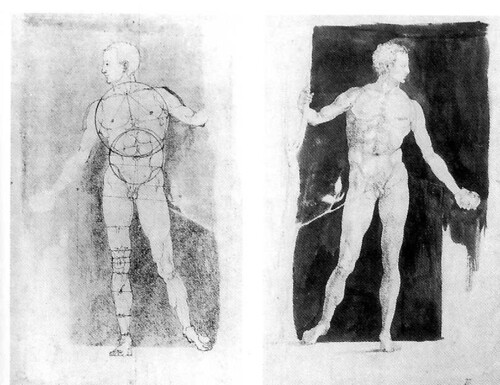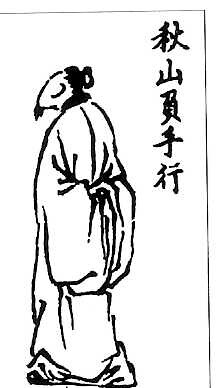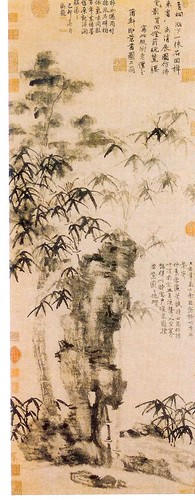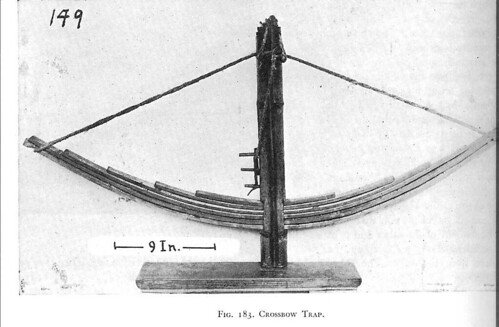I’ve been wanting to write about a wonderful local resource, the Huntington, for a long time, but couldn’t figure out how to work it into a post. It is located in the wealthy town of San Marino, an interesting community just south of Pasadena. The Huntington (or, to use its full name, The Huntington Library, Art Collections, and Botanical Gardens), has one of the best archives in the country for British and American history and literature, 15th century European books, history of science, maritime history, and Renaissance exploration and cartography. The place has the manuscript collection of Jack London, for cripes sake. They also have an excellent research library that has a surprisingly large number of Japan-related items. In fact, the last time I searched under “Japan” I got more than 1800 hits – we’re not talking about Japanese-language materials, but still, some interesting things can be found. Their art collection, which focuses on British and French art of the 18th and 19th centuries, probably has some ripe examples of Japonisme, though I haven’t investigated.
Most fun, perhaps, is the Japanese garden, which Kendall Brown wrote about in his book Japanese-Style Gardens of the Pacific West Coast. The garden is a wonderful example of American Japonisme and Orientalism that embodies, in a physical landscape, certain ideas about “the East” from the early 20th century. It was, after all, “collected” by the railroad magnate Henry E. Huntington (1850-1927). Like many Japanese-style gardens in the region, it’s questionable authenticity has not prevented it from becoming both a major tourist destination and an important community resource for Japanese Americans. It also happens to be incredibly beautiful, like the sprawling cactus garden, the extensive Australian garden, the British herb and rose gardens, and the newly installed Chinese “Garden of Flowing Fragrance.”
A lot of people, particularly scholars who work in American history, spend time researching and writing, and enjoying the grounds, at the Huntington during the week. It’s not a bad life, from what I can tell. The research program includes conferences, fellowships, and other interesting opportunities.
So, finally, I wanted to mention that the Huntington is hosting a conference, April 4-5, 2008, titled “Pacific Passages: Connecting East, West, and Center in the Pacific Basin.”
Histories of the Pacific, histories in the Pacific, histories around the Pacific—the proliferation and increasing prominence of Pacific history offers various ways to conceptualize its geographies and understand its peoples. This conference examines different approaches to Pacific histories and cultural encounters throughout the Basin and also considers oceanic frameworks as a historical methodology.
The schedule includes two papers that are obviously related to Japan, and others may also be related: David Howell, “Homeland Security: Preparing for Foreign Invasion in Late Tokugawa Japan” and Andrea Geiger, “Cross-Pacific Debates about the Contours of Race and Class: Meiji-Era Japanese Immigrant Challenges to North American Categories of Exclusion.”
To register, email skrasnoo@huntington.org or call 626-405-3432.






